Patti LaBelle (born May 24, 1944) – What Can I Do For You? (1974)
This powerful message song by Labelle was the follow up single to Lady Marmalade, co-produced by Allen Toussaint and the group's manager Vicki Wickham.
Watch full video on YouTube.
View most updated version of this post on Substack.
Living legend Patti LaBelle has been blessing us with her powerful voice since the early sixties, when she got her start as the lead singer of Patti LaBelle and the Blue Belles. The group became superstars in the 70s as Labelle, followed by Miss Patti’s long solo career.
Patricia Louise Holte was born and raised in Philadelphia. She began singing in a church choir when she was ten and won a talent competition at her high school at sixteen. Later that same year in 1960, she and three classmates formed a vocal group called The Ordettes. They performed around the city, but all three of the other girls left the group within the next couple of years. One of them was replaced early on by a friend of Patti’s, Cindy Birdsong, who at the time was 20 and became the group’s oldest member.
In 1962, two more replacement members joined Patti and Cindy in the Ordettes. Singer/songwriter Nona Hendryx and the late great Sarah Dash had previously been in another vocal group that folded. Later that same year, the Ordettes auditioned for local record label owner Harold Robinson, who signed them and changed their name to the Blue Belles. He also gave Patti her stage name, and the group’s name was eventually changed again to Patti LaBelle and The Blue Belles.
Birdsong left the group in 1967 to join the Supremes, and the other members continued as a trio. They recorded for Atlantic Records from 1965-70, and released a dozen singles, only two of which even cracked the Top 40 on the R&B charts. In 1970, the group was dropped by both Atlantic and their longtime manager.
After singing a new management contract with UK producer Vicki Wickham when Dusty Springfield recommended them to her, they changed their name to Labelle in 1971. Wickham also guided them to adopt a new counterculture image, reflected in their music, which started to incorporate rock and psychedelic soul.
They released three albums during the early seventies - Labelle (1971), Moon Shadow (1972), and Pressure Cookin’ (1973), before their breakthrough Nightbirds LP in 1974. Nightbirds was produced by famed producer Allen Toussaint and recorded in New Orleans over a two month period. The album’s first single was the massive hit “Lady Marmalade,” which was released on November 5, 1974 and went to #1 on the Billboard Hot 100.
Their follow up single was the powerful message song “What Can I Do For You?” which was released in April, 1975. It hit #8 R&B but only reached #48 on the pop charts. Co-written by Edward Batts (who played guitar on the track and most of the rest of the LP), and James R. Budd Ellison (the featured pianist on three of the album’s cuts), it was co-produced by Wickham and Toussaint.
The song’s inspirational lyrics remind us a better world is possible if we choose love over hate.
The B-side to “What Can I Do For You?” was the album’s beautiful title track “Nightbird,” written by Nona Hendryx as a tribute to Janis Joplin. Miss Patti took us all to church with her fiery vocals in this amazing live performance from 1974.
Further info:
“Patti LaBelle, the Doyenne of Philadelphia Soul,” New York Times Magazine, November 30, 2020.
Why Labelle Matters, by Adele Bertei, University of Texas Press, 2021.
#soul #funk #Labelle #PattiLaBelle





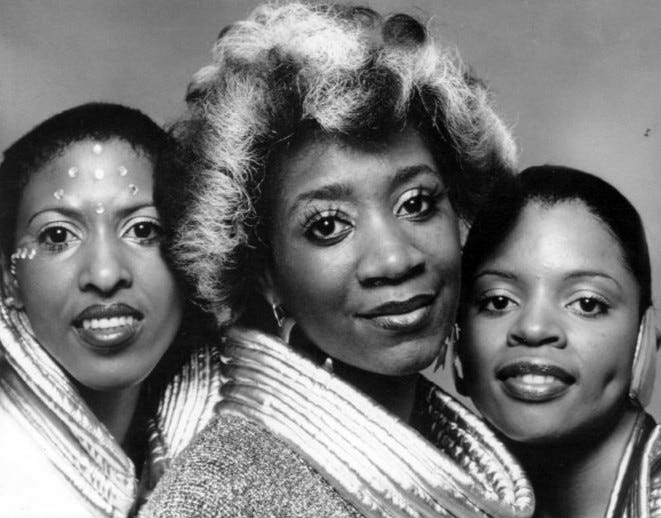
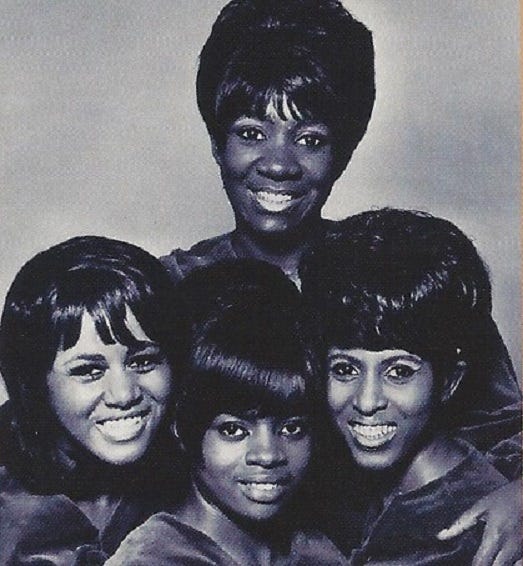
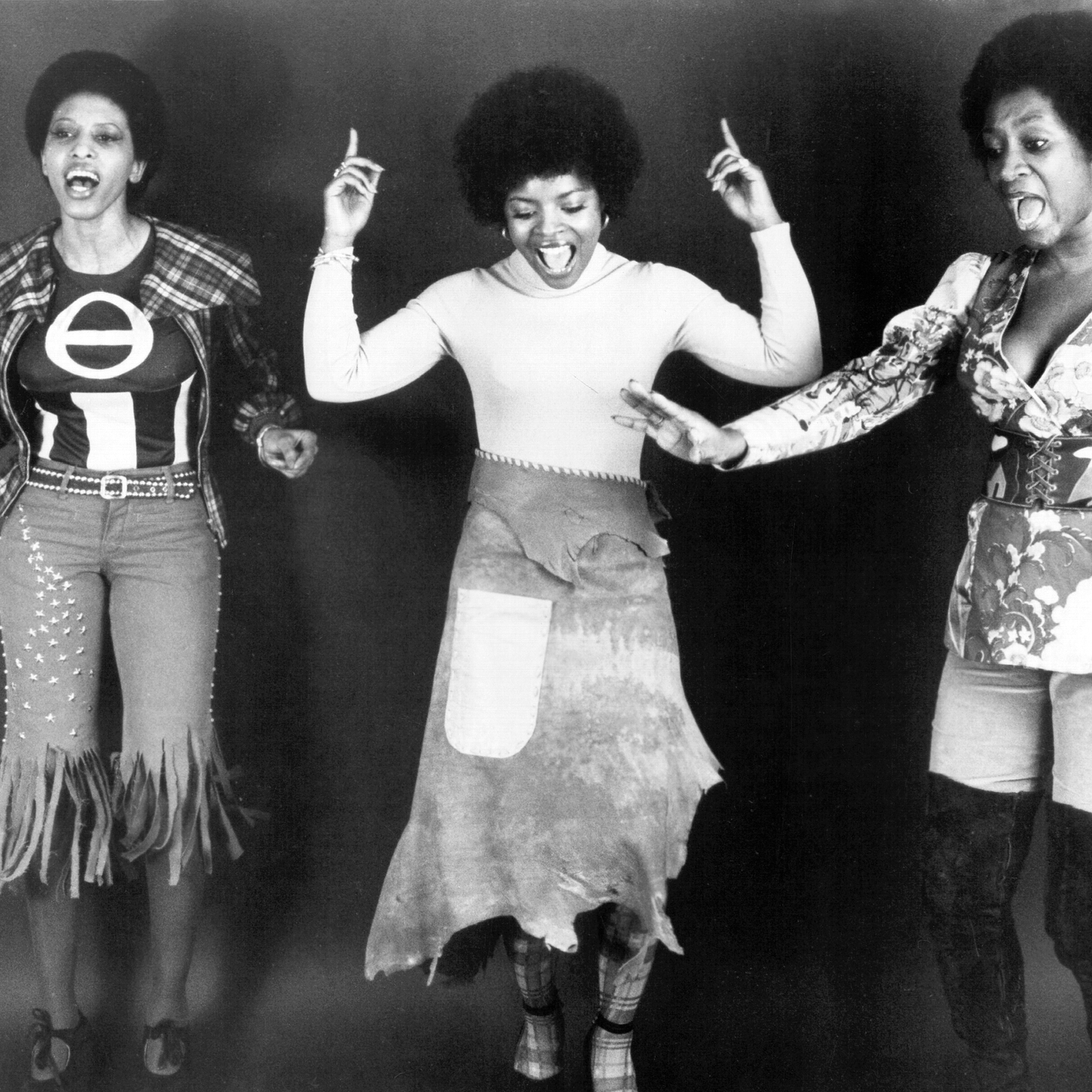
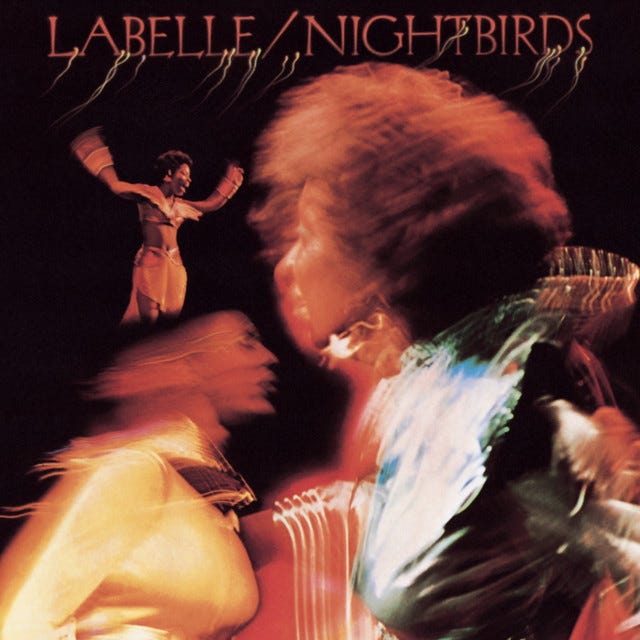
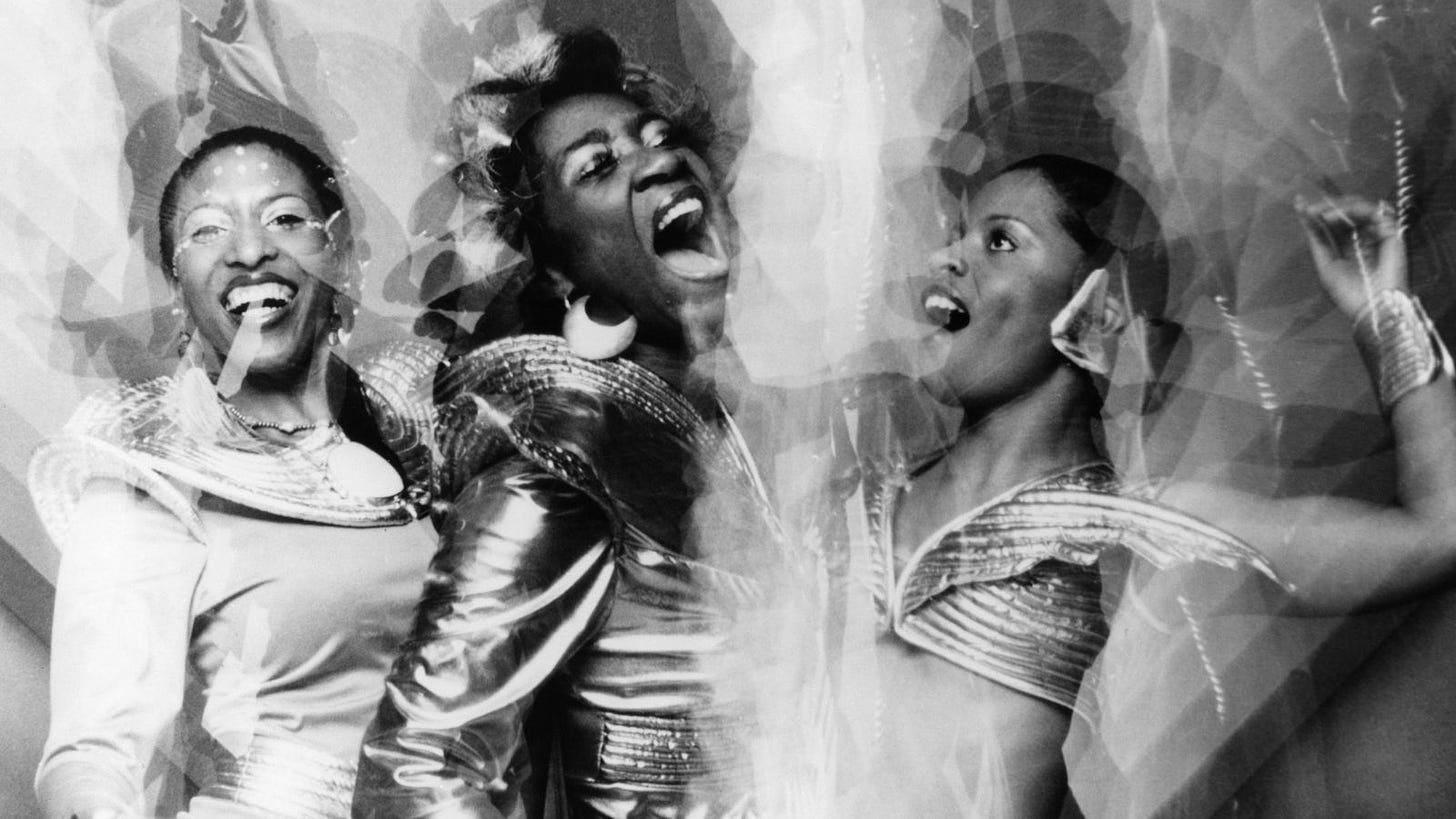
Weird - just the other day I was hoping this Substack would feature Patti Labelle someday. What made me think of her was her appearance onstage for the 1965 “It's What's Happening, Baby” broadcast that's available -- FINALLY -- on DVD. I remember watching it live on television in ‘65 at the age of 16, mesmerized by so many of the performances, especially by Patti Labelle and the Blue Bells, The Miracles, The Temptations, and -- most memorably -- Little Anthony and The Imperials. Patti Labelle was absolutely fantastic that night.